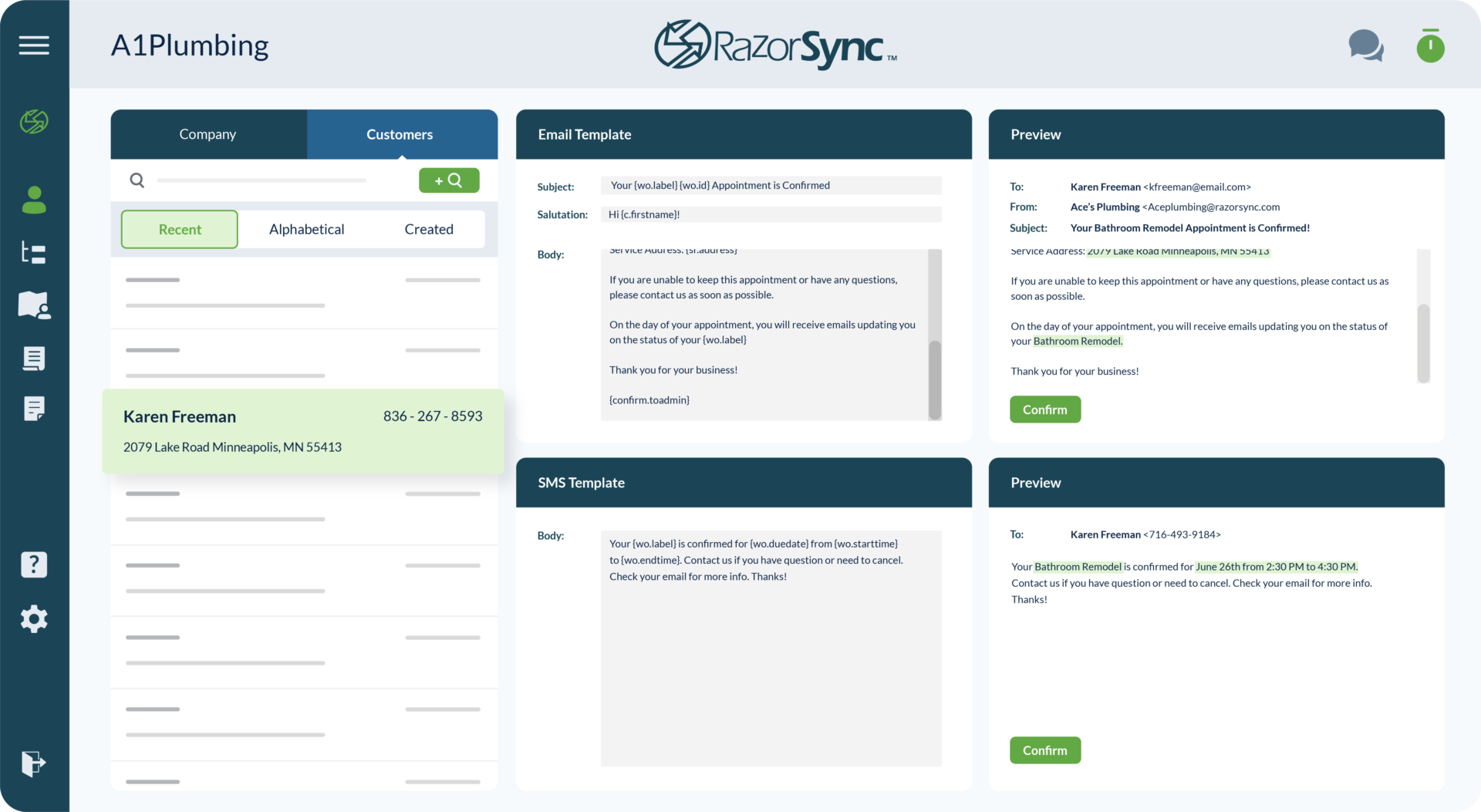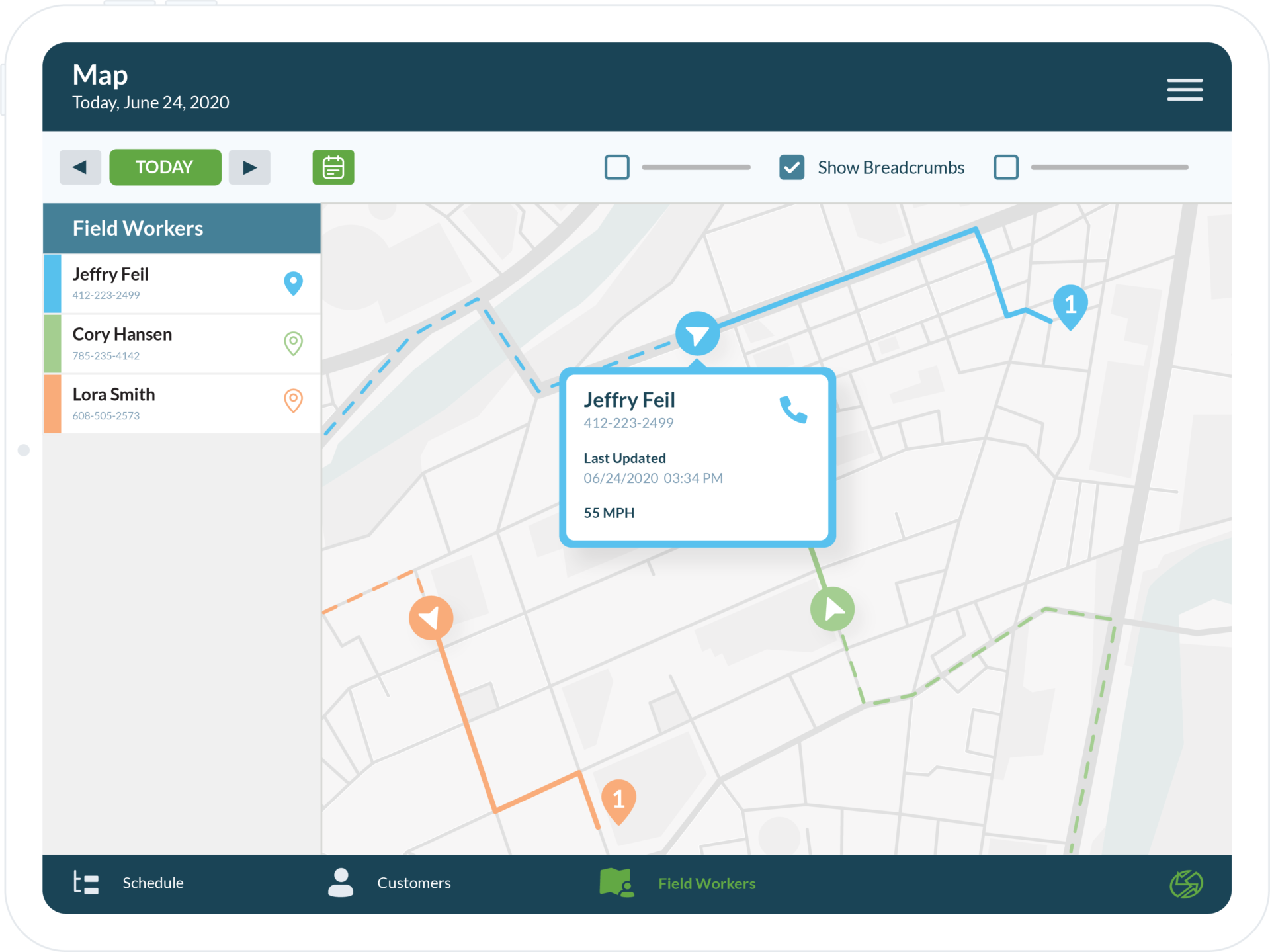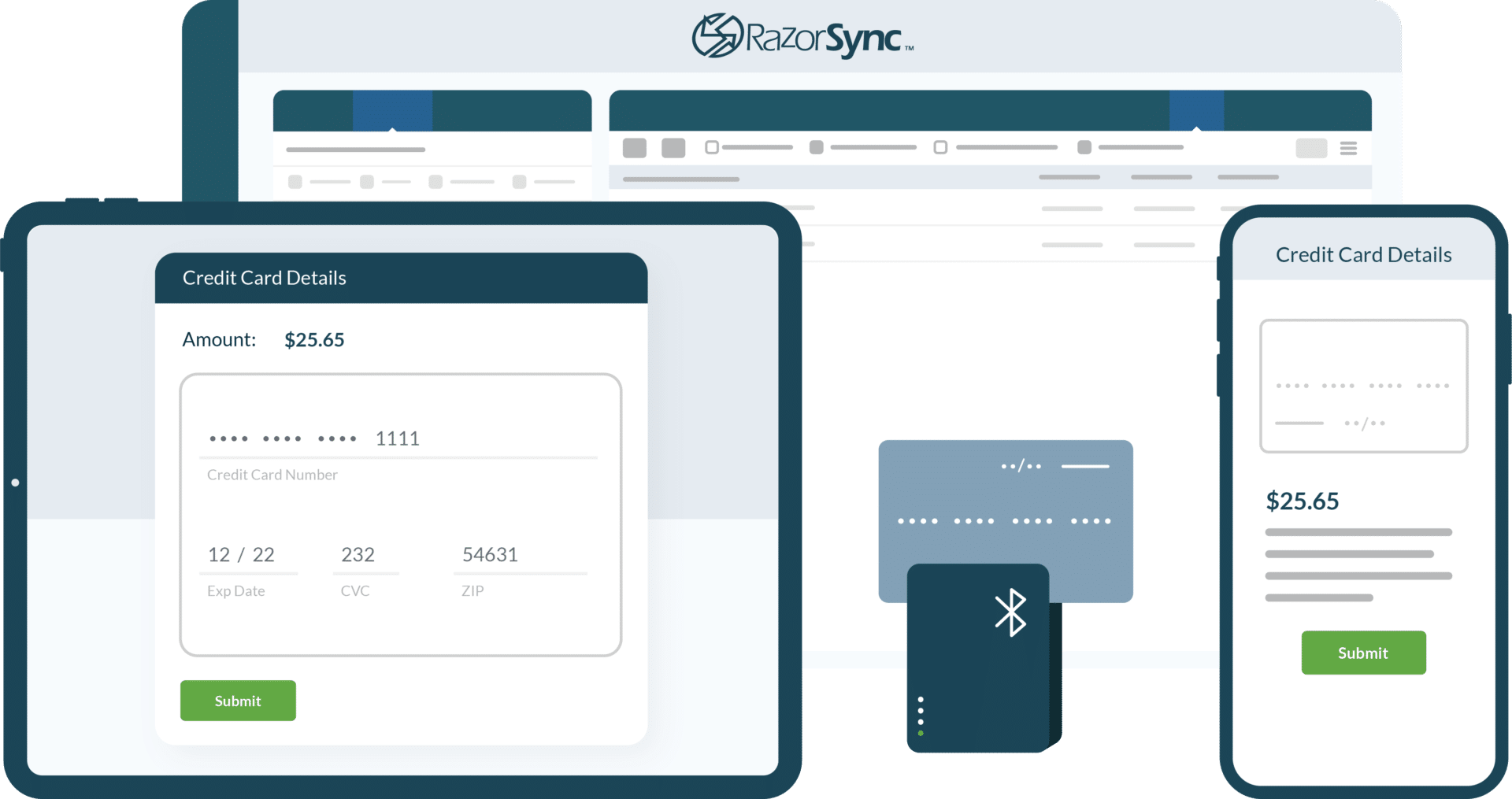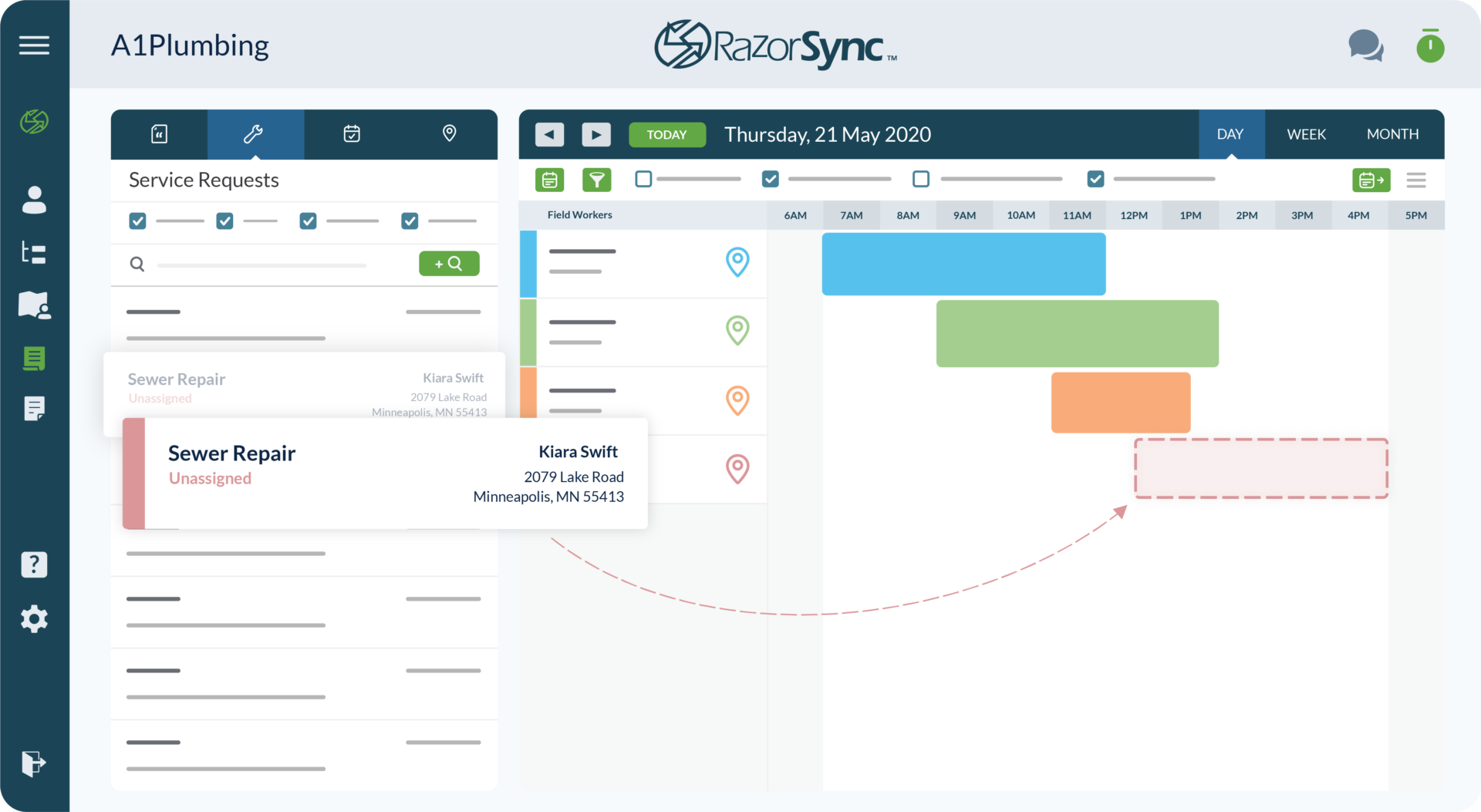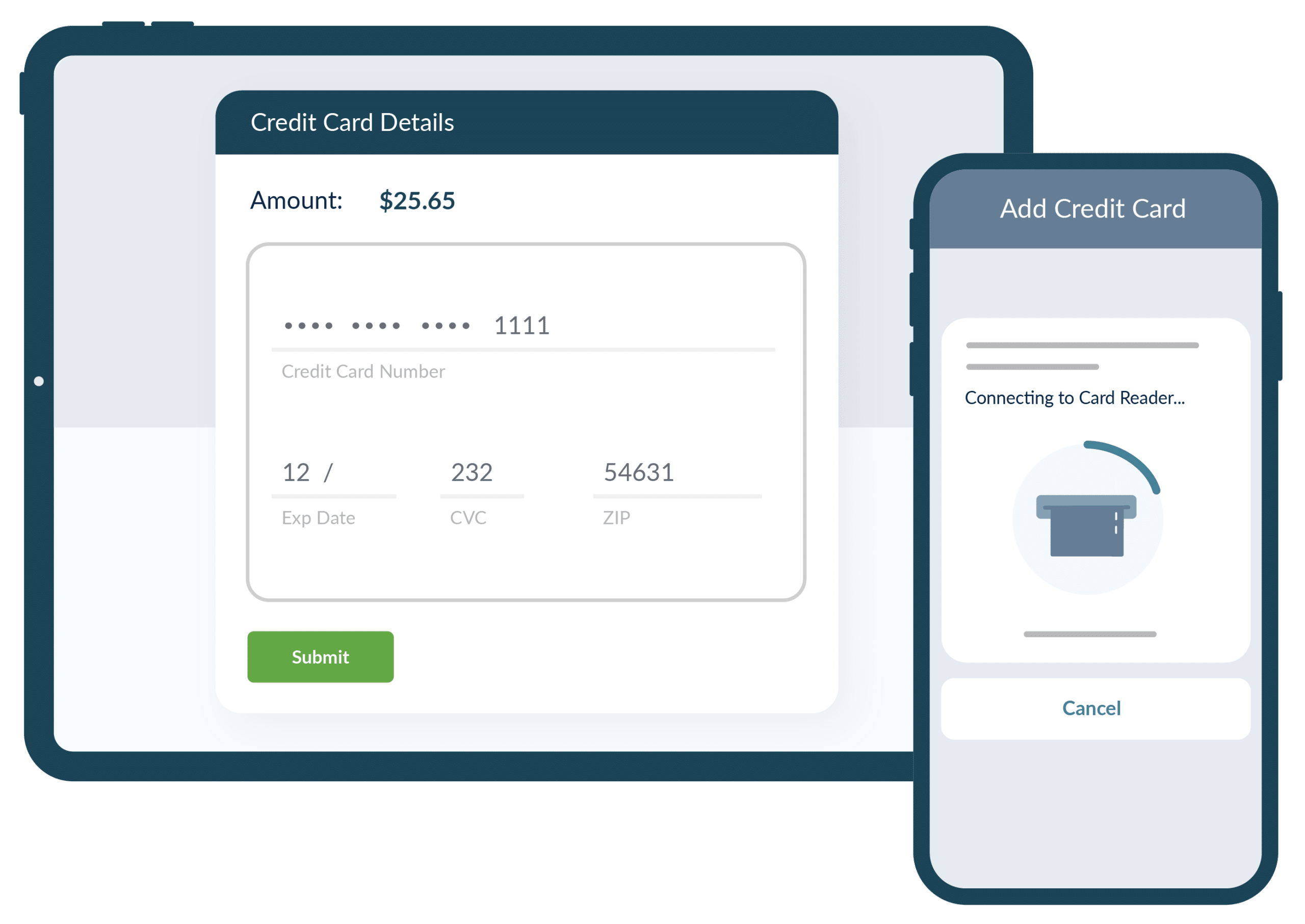Expanding Field Services Job Opportunities for Women
Did you know that in 2019, only 8.7% of field service technicians were women? March 8th marks International Women’s Day, so it’s the perfect occasion...
Mar 02, 2022
# of Minutes to Read

Did you know that in 2019, only 8.7% of field service technicians were women? March 8th marks International Women’s Day, so it’s the perfect occasion to discuss job opportunities for women in field services. The lack of female techs in the industry is not only a diversity issue, but it could also affect your bottom line—research reveals that gender-diverse companies have above-average profits.
A diverse workforce has proven to have many benefits for businesses. This includes improved decision-making processes, better overall company engagement and communication, and lower employee turnover. Companies simply cannot afford to ignore these advantages! So to boost your business, start by creating new job opportunities for women within your field service business.
How to expand job opportunities for women in field services
Use targeted recruitment strategies
Targeted recruitment strategies can help companies attract diverse talent. With greater targeting comes the benefit of narrowing the applicant pool to recruit based on particular credentials your business is seeking in applicants. The first step is to create candidate personas and determine the qualities of the ideal applicant. You can then refine your job listing to highlight those ideal attributes. A job description that is concise and descriptive enables candidates to get a better understanding of what your company expects, resulting in more qualified applicants. You may also want to explore using niche job listing platforms to target your recruiting efforts further.
Remove gender bias from job descriptions
The next step is to polish your job listing further so that the words you use to describe your job opportunities don’t send the wrong message to female candidates. Gendering job descriptions can affect an applicant’s perception of the job and their ability to fulfill the role. Consequently, this lowers the job appeal and the individual’s likelihood to apply. So, what do “gendered” job descriptions look like?
Using pronouns for a specific gender.
Rather than using he/she, refer to the applicant as you/they when describing a position. It conveys that you are looking for the best-qualified person and that there is no predetermined image of the ideal worker.
Using gender-implicit wording.
Examine the use of masculine and feminine words on your job listings. Masculine wording is more commanding, whereas female-charged language is collaborative. For instance, the more masculine dominant vs. the more feminine interdependent, challenge vs. cooperate, decisive vs. gentle, and so on. Superlatives can also be gender-implicit, as words like expert and authority sound more competitive and aggressive than team-like. A gender-implicit description creates a bias since women tend to be more collaborative and are more likely to apply for jobs described with team-friendly words. Your company doesn’t have to eliminate masculine words when listing job opportunities. Rather, include both masculine and feminine language so that your job opportunities sound inclusive and appealing for all genders.
Edit your job requirements.
It’s essential to prioritize the must-haves and “nice to haves” in job descriptions because women often submit a job application only when they fully meet the requirements. In contrast, men will apply for a position when they meet a little over half of the requirements. Therefore, separating the required skills and experience from the preferred will attract more women to apply.
Using neutral language will demonstrate your commitment to promoting diversity within your company, resonate with a broader range of future workers, and encourage more women to join your field service team.
Educate future workers about job opportunities for women in field services
88.1% of field service workers are men, raising questions about the industry’s gender disparity. For example, are women aware of the job opportunities in field service, or do they just not want to enter the field? You can effect change by educating the next generation of workers about the many job opportunities for all genders within field service roles.
- Collaborate with high schools and universities to speak to students about careers in field service trades to increase visibility around industry opportunities for women.
- Forge community partnerships with organizations like the Girl Scouts and teach young women the skills used in your industry (e.g., plumbing, landscaping, etc.). They’ll learn about all the job opportunities for women and won’t see it as just an industry for men.
- Develop philanthropic initiatives to advance opportunities for young women to work in field services. For example, create an apprenticeship program specifically for young women interested in technician roles. Such a program would help women excel in the industry and eliminate gender disparities.
